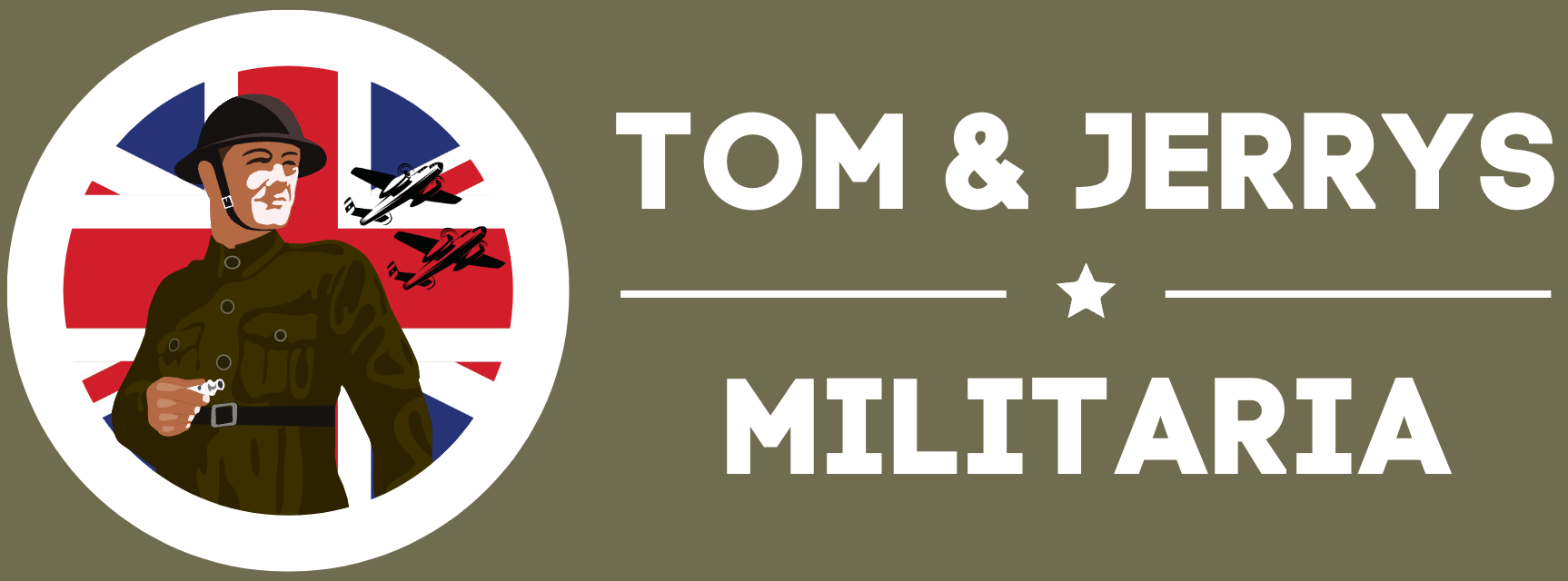Khaki Drill, often abbreviated as KD, refers to a type of uniform clothing that was widely used by British, Commonwealth, and American military forces during the late 19th and early 20th centuries. The uniform was made of a light, khaki-colored cotton fabric that was designed to be more comfortable and breathable than the heavier woolen uniforms of earlier eras.
The use of Khaki Drill uniforms became particularly widespread during World War I, when they were issued to soldiers serving in hot and humid theaters of operation, such as the Middle East and Africa. The uniform typically consisted of a shirt and trousers, both made of khaki-colored cotton, and was often worn with a webbing belt, canvas gaiters, and a peaked cap.
The Khaki Drill uniform was popular not only for its practicality in hot climates, but also for its appearance. The khaki color gave the uniform a distinctive, subdued look that was well-suited to the demands of modern warfare. The uniform was also relatively easy to care for, and could be washed and dried quickly in the field.
In the years following World War I, the use of Khaki Drill uniforms gradually declined as military forces began to adopt more specialized and varied types of uniform clothing. However, the uniform remains an important part of military history and is still used today by some military organizations and ceremonial units. Additionally, Khaki Drill clothing has also become popular among collectors of military memorabilia and vintage clothing.
